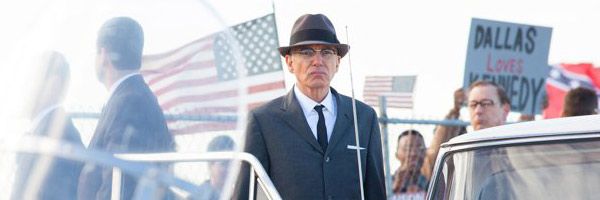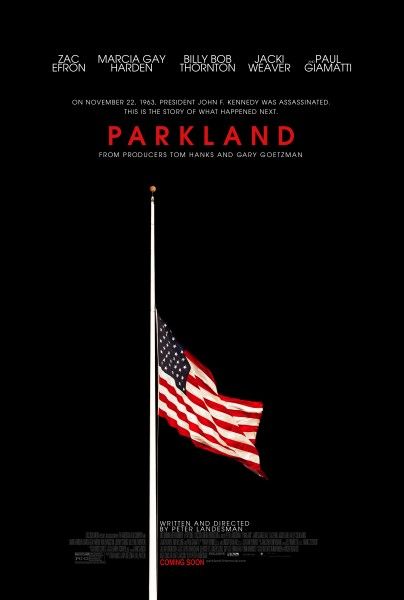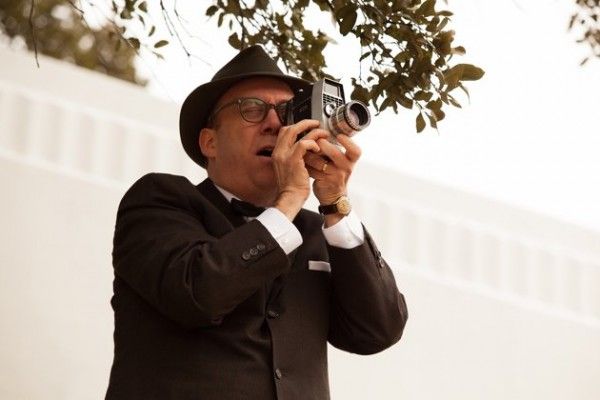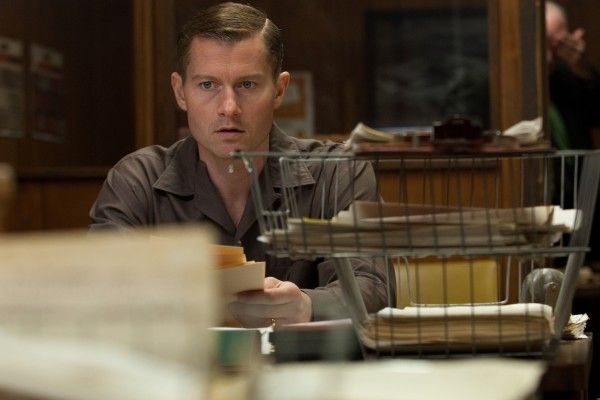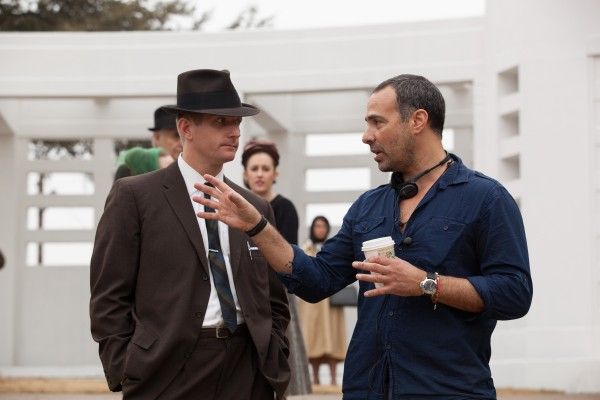In the wake of President John F. Kennedy's assassination in Dallas on November 22, 1963, the country went into a frenzy as news stations produced headline after headline—accurate and inaccurate—of what had occurred at Dealey Plaza that afternoon. But what happened amidst the chaos of one of the most devastating events in US history and how did those involved in the event respond? Parkland delves into the aftermath, giving viewers insight into the lives of those closest to the tragedy and following them in a span of four days. From the nurses and doctors who tended to a wounded President Kennedy to the Secret Service agents responsible for protecting him, and the infamous Abraham Zapruder who captured everything on his 8mm camera, the film focuses on the stories within the news headlines. More after the jump.
It gives those whom many people are unfamiliar with a voice and separates itself from other films—like Oliver Stone's JFK—by bestowing importance upon those surrounding the president as opposed to the president himself. But while Parkland strives to emit the profound and raw emotions that took place on that fateful day, the realism of the situation can be a difficult one to capture. Overall, it's a magnificent depiction that retells the events from a different perspective but it's almost impossible not to beg the question, "Did that really happen?" It makes you wonder how much of it is true and how much of it is based solely on assumption and that can prove to be distracting when all you want to do is enjoy the film.
Feature
Parkland opens with a brief account of the Kennedy assassination as well as a note assuring viewers that the film depicts the true story of what happened that day and the three days that followed. Maybe it’s the fact that I’ve watched so many horror movies with the same beginning or the knowledge that this is a film technique used to evoke a sense a realism to an otherwise unbelievable situation that makes me a bit wary. Whatever the case may be, it generated an array of questions while viewing the film that I could’ve done without.
Archival footage is used at the beginning of the film, showing President Kennedy's arrival in Dallas. The footage is utilized to illustrate the lightness and untroubled nature of the visit while also alluding to the darker and disastrous times that would later follow. We're immediately introduced to the big players of the film, Paul Giammati's Abraham Zapruder who’s infamous film has been widely studied and speculated upon, Zac Efron's Doctor Charles "Jim" Carrico who was one of the first responders when Kennedy arrived at Parkland Hospital, Ron Livingston's Special Agent James Hosty who had been closely following Lee Harvey Oswald after a series of disruptive behaviors, James Badge Dale who played the shooter’s brother, Robert Oswald, and Billy Bob Thornton's Forrest Sorrels who was the head Secret Service Agent in Dallas in charge of overseeing that all safety precautions were in place that fateful day.
The shooting takes place in a matter of minutes, making it the catalyst for the events that would soon evolve. The film jumps between narratives, rendering each character’s story in segments that ultimately make up the grander picture of what happened on November 22nd and of the subsequent fallout of those actions. While all the actors embodied the real-life people they were portraying, the real star of the film was Giammatti who truly encompassed Zapruder's transition from just a normal man to one of the most sought after spectators at Dealey Plaza. Giammatti stepped into those shoes and gave life to a man who's only really been known for the footage he managed to capture on film. As a viewer it's engrossing to see the ramifications that Oswald's actions had on Zapruder and his family who up until then had been like many, just ordinary people living the American dream.
The film also allows viewers to witness the rush of the Secret Service to secure the soon-to-be new president Lyndon B. Johnson and see how they handled the shift in power as they realized he was now their number one priority. It's a story that many probably never cared to speculate about and it's fascinating to see how these events impacted their lives as well. They had to find stable ground and carry on with their duty, in a time where the country was in a state of panic.
Parkland was sort of like a platform that shed light on the more obscure and relevant individuals during that time. The focus on the Oswald family was of great importance as it showed Robert Oswald’s struggles after his brother committed the crime, including his endeavor to find help during the funeral and being subjected to the refusal of churches and cemeteries to host the services. The whole country’s focus was on the President and no one seemed to care about the family whose name was forever tainted by one of their own. There was a sense of familiarity to Dale's portrayal of Robert Oswald that made it incredibly relatable. It's almost impossible not to empathize with him while watching the film.
Finally, one of the greatest differences that separates Parkland from other JFK films is the omission of the possibility of Oswald not having acted alone. As writer and director Peter Landesman explains, the film ends before any of the conspiracy speculations even begin. Parkland is about the real people whose lives were forever altered and the whirlwind of emotions that followed the assassination. As Landesman puts it, it's about the invisible becoming visible.
Special Features
Commentary
Commentaries usually provide viewers with a completely different outlook of the film and this one is no exception. Writer and director Peter Landesman guides you through the movie and opens your eyes to things you might have missed on the first watch. It’s great for those interested in knowing more about the film's creative process as well as learning some behind-the-scenes insight and fun tidbits. Landesman points out that his concept and vision wasn't to make a period piece or documentary but to put viewers in the middle of the action. He also explains why he focused on the "regular" people instead of the big political figures and why these stories are compelling and meaningful. He doesn't just provide technical insight but also historical facts that might be new to many viewers.
Deleted Scenes
A total of six deleted scenes running approximately 6 minutes. Two of these pertain to FBI Agent James Hosty and his interactions with Lee Harvey Oswald and Secret Service Agent Forrest Sorrels. The remaining four touch on some of the other characters, including Dr. Carrico and Zapruder.

